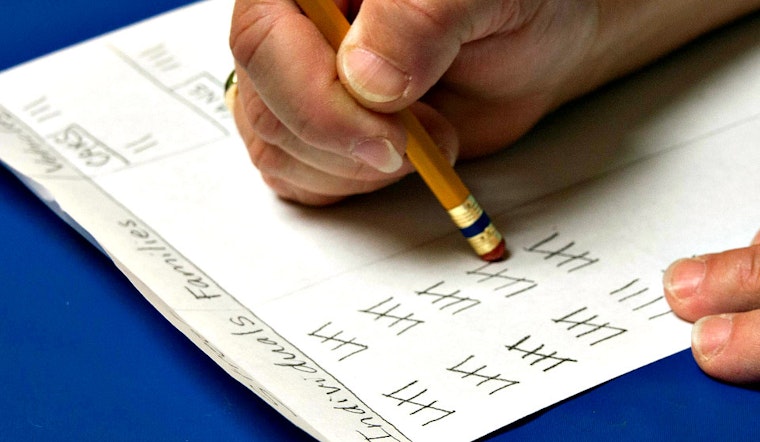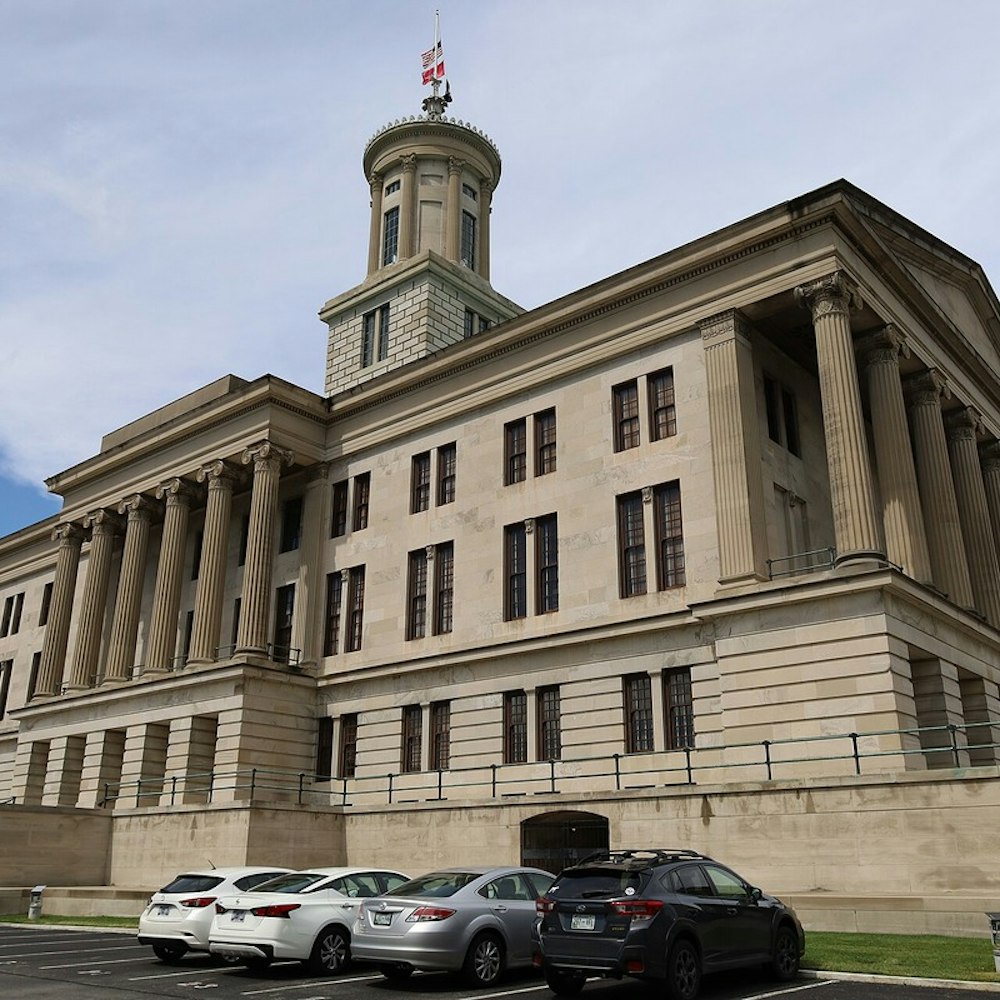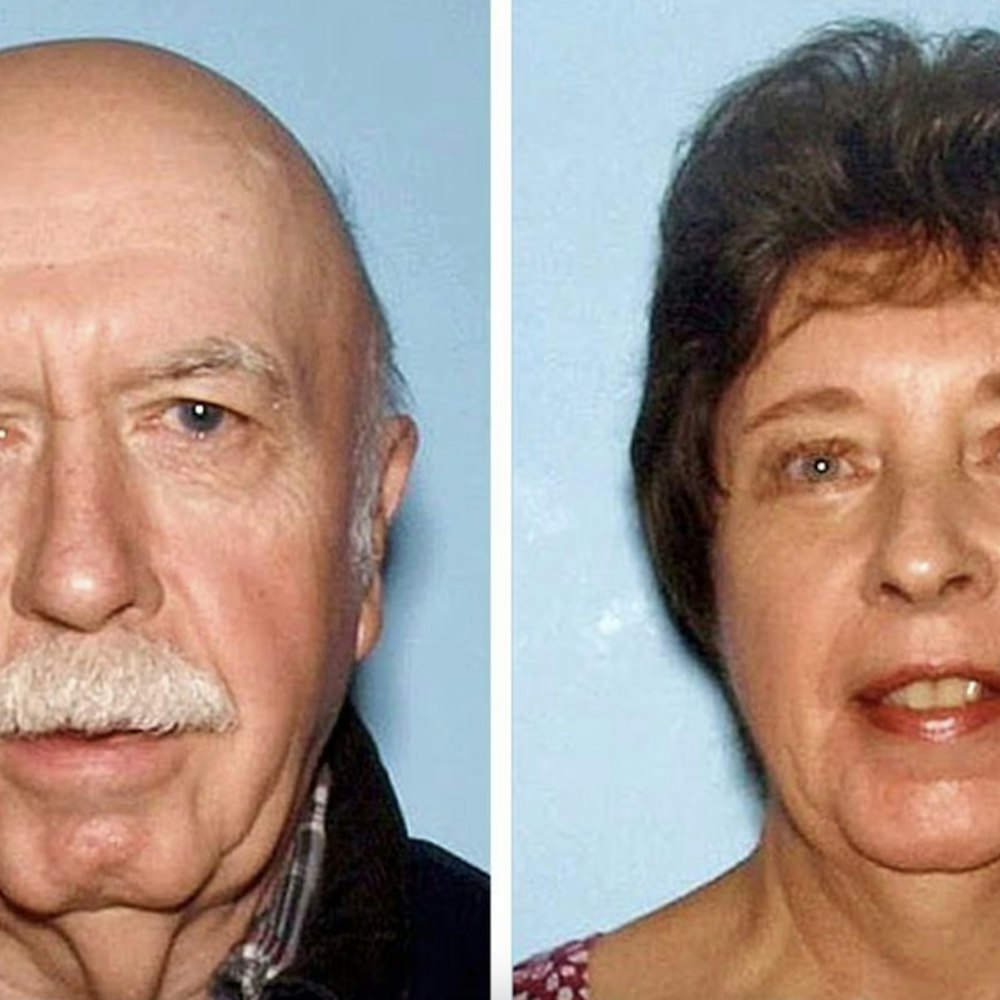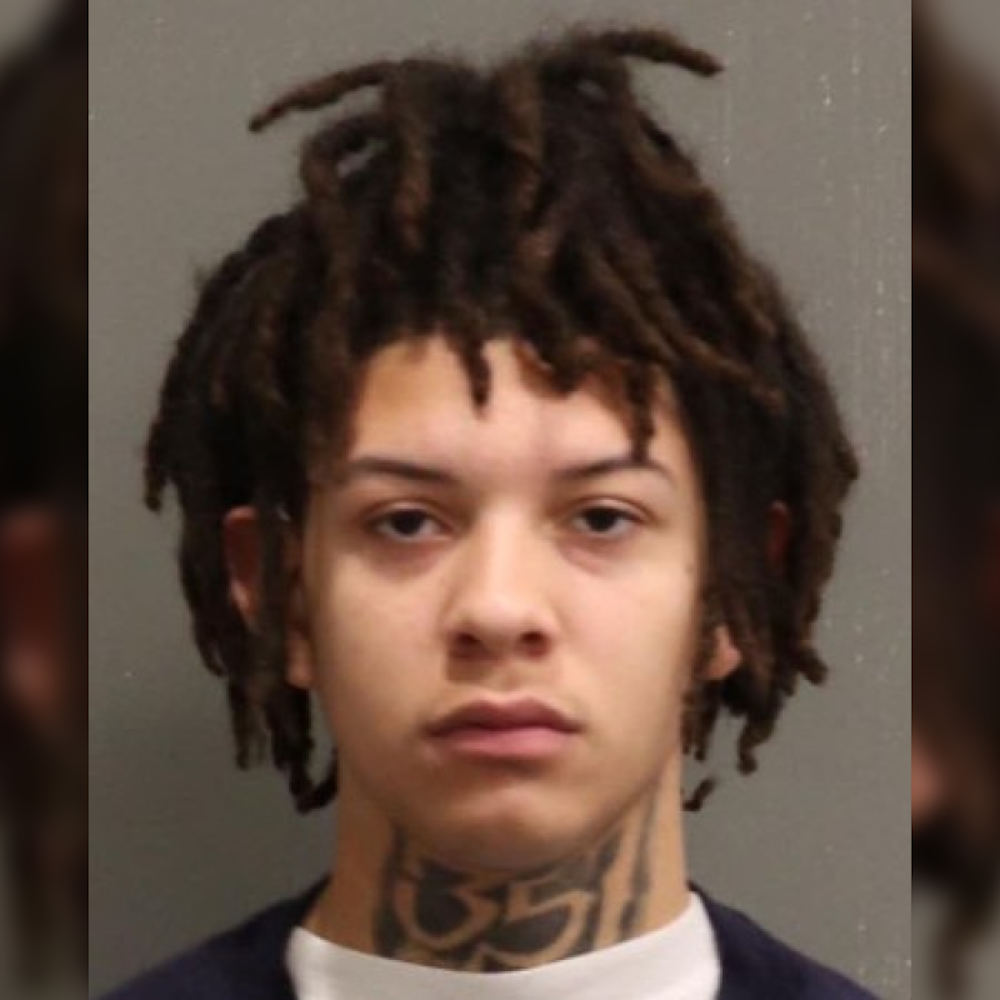
Tonight, over 750 volunteers carrying clipboards and flashlights will walk the streets of San Francisco.
Their task? To count the city’s homeless population.
Between 8pm and midnight, a record-setting number of volunteers will traverse the streets of San Francisco to conduct the biennial Point-in-Time Homeless Count and Survey.
The count is part of a larger effort mandated by the Federal Department of Housing and Urban Development. Any jurisdiction that receives federal funding to combat homelessness is required to conduct a count of unsheltered homeless individuals once every two years. (In 2015, San Francisco received $20 million in federal funding for homeless services.)
The last Point-in-Time Homeless Count in San Francisco took place in 2015, when 483 volunteers counted 7,539 unhoused persons.

While conducting the counts, volunteers also attempt to obtain biographical information about each person, including age, race, sexual orientation and a host of other factors.
A separate, peer-driven Youth Count will also take place in conjunction with the larger count, in order to track the number of homeless individuals who are under the age of 25 in San Francisco. In 2015, 853 unaccompanied children and transitional-age youth were counted.

As we reported in December, the Point-in-Time count has its shortcomings, but it serves as the primary source of data on homeless persons in San Francisco—data that the city can then use to secure funding, locate housing, and provide services.
The count is conducted via teams of three to four volunteers, who walk (or drive) one of 168 unique routes around the city, tallying the number of homeless individuals they come across.
“We will cover every street in the city,” Randy Quezada, the communications and community relations manager for San Francisco’s Department of Homelessness and Supportive Housing, told us.
The results of the count should come out this spring, Quezada said.
“We’re excited, as we are every year we do this, to get out there and get an accurate count,” said Quezada.









